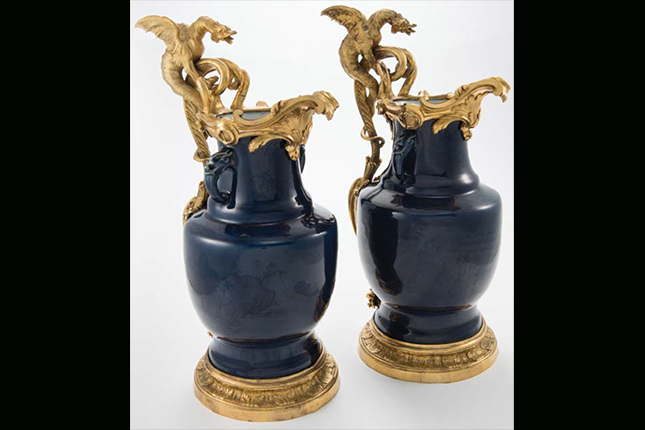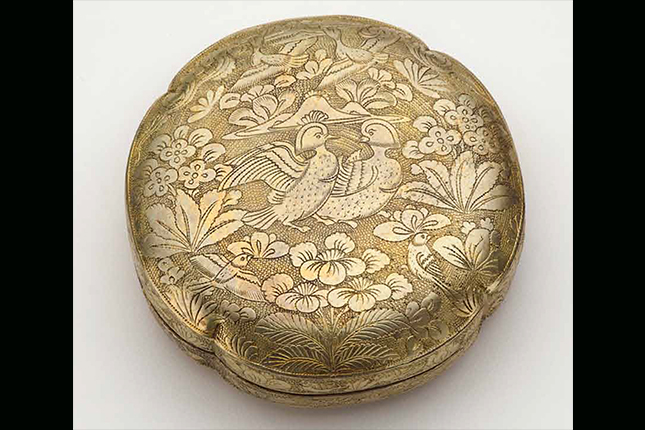Comprising mostly of large vases and jars, these blue and white wares are decorated with narratives of hunting or battle scenes or scholarly subject matter as are depicted on the panels of these bottles. While decorative patterns mostly remained in Chinese taste, new shapes were developed to cater to the European market. It is thought bottles such as these could have been developed from the Dutch gin or schnapps bottle.Transitional blue and white wares such as these examples, illustrate the turbulent period of the transition from Ming to Qing rule at the end of the 17th century. A period that was marked by the collapse of the imperial kilns, growing domestic interest in literary subjects and the customisation of private kilns for new markets.


















